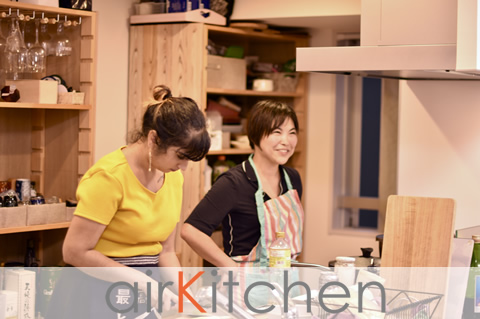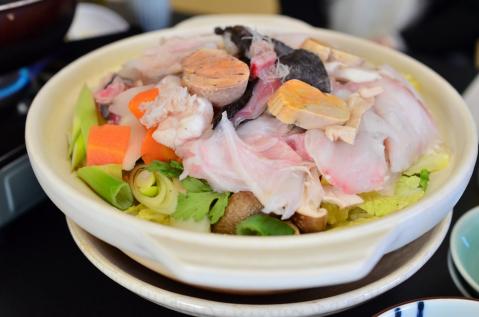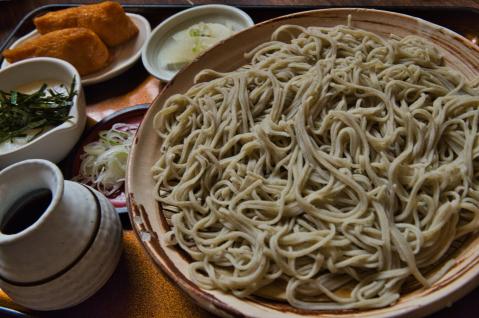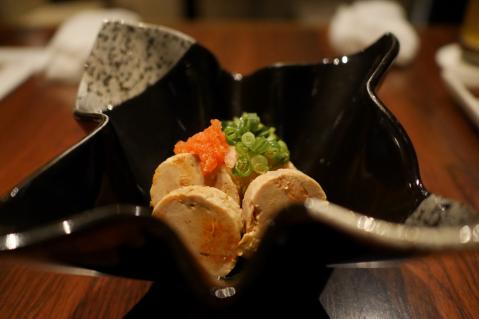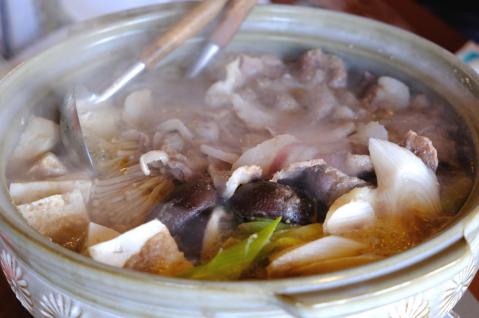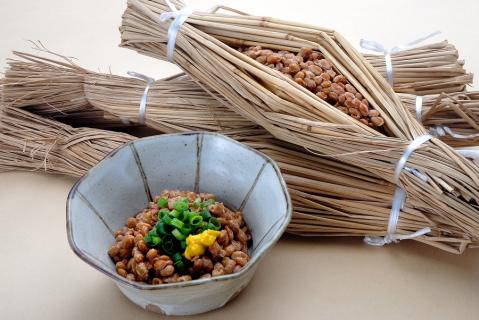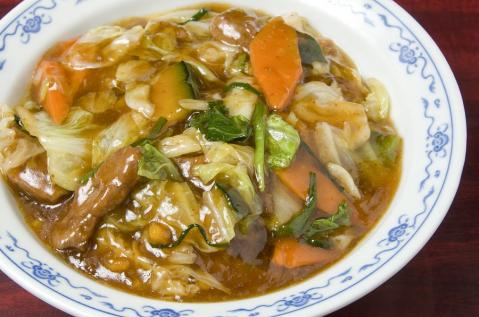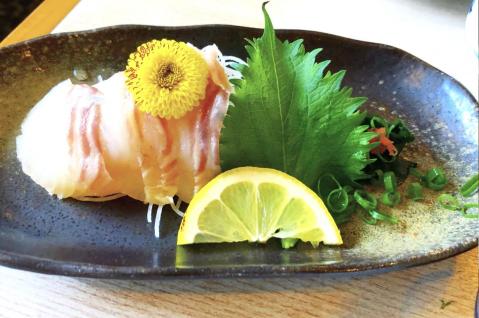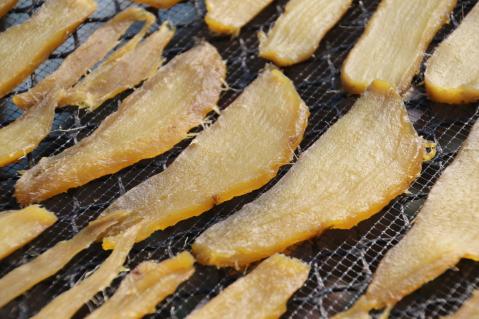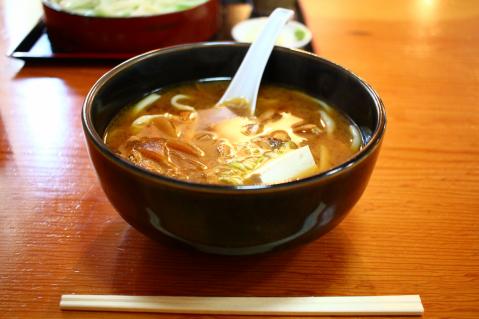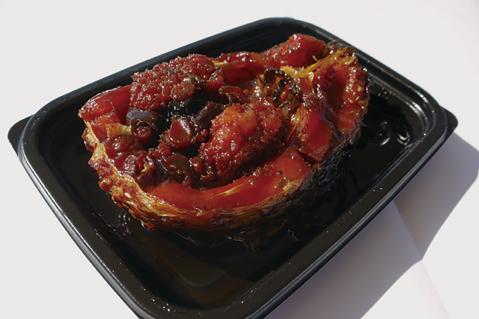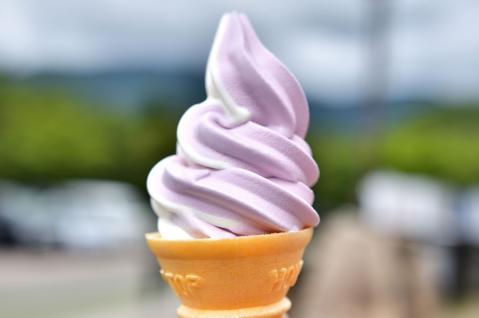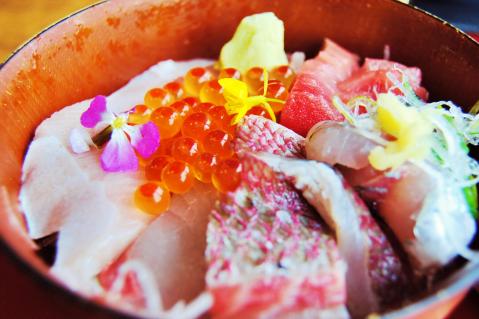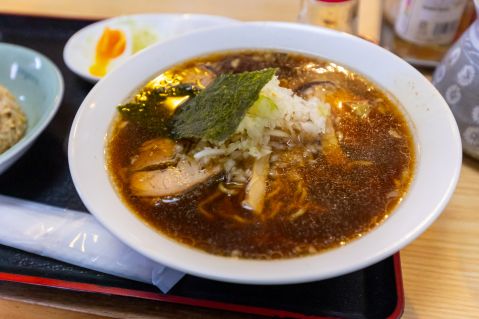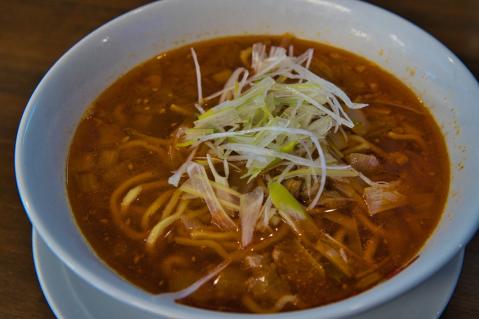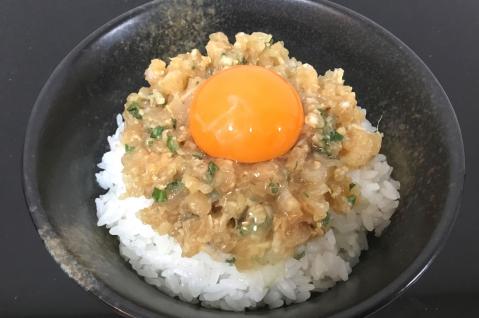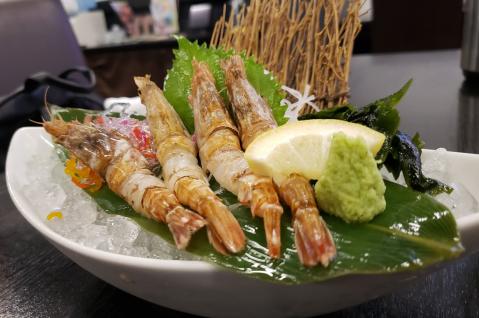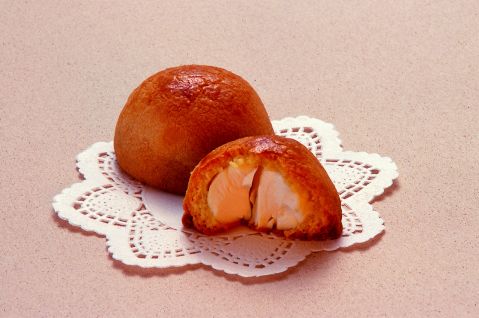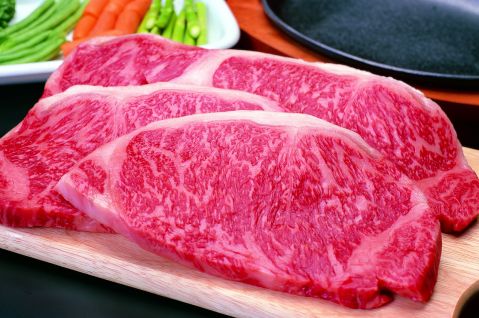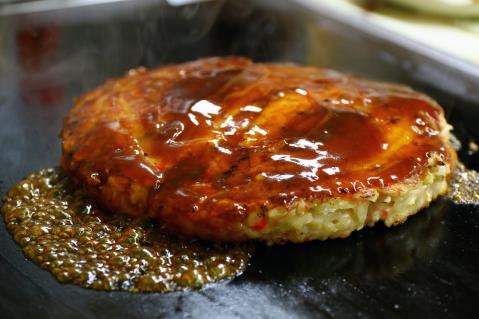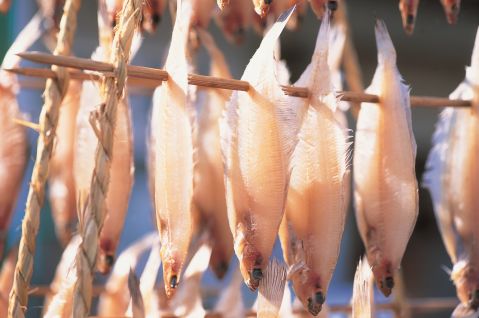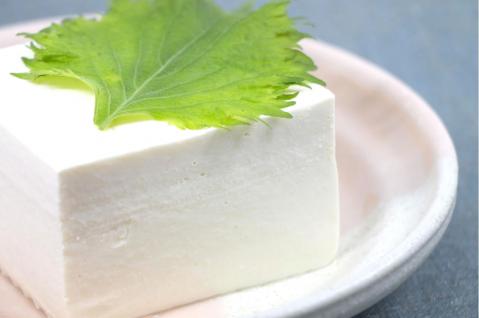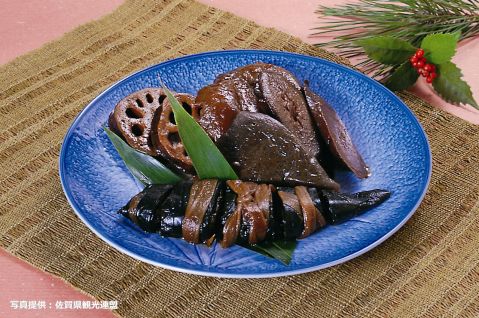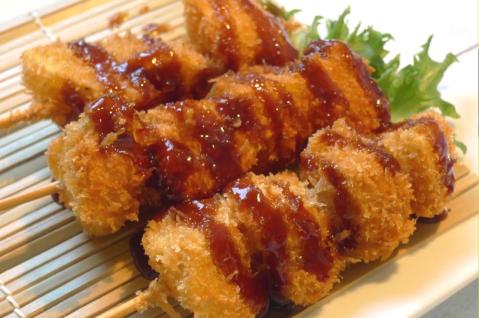Cooking Classes in Japan
airKitchen allows travelers from all around the world to book and experience authentic cooking classes. Chose your best cooking class from 1000+ classes.
Monkfish Hot Pot
Monkfish Hot Pot (あんこう鍋, Ankō Nabe) is a traditional dish from Ibaraki Prefecture, best enjoyed during its peak season in the cold months from winter to...
Hitachi Aki Soba
Hitachi Aki Soba (常陸秋そば, Hitachi Aki soba) is a renowned buckwheat variety from the northern region of Ibaraki Prefecture, an area historically famed as...
Monkfish Liver (Ankimo)
In the coastal regions of Ibaraki, monkfish dishes are a local specialty, with monkfish hot pot being particularly famous. Known for its versatility, every p...
Shishi Nabe (Wild Boar Hot Pot)
Shishi Nabe (しし鍋, Wild Boar Hot Pot) is a cherished winter specialty of Ishioka City in Ibaraki Prefecture. This hearty dish is crafted with freshly caugh...
Mito Natto
Mito Natto (水戸納豆, Mito natto), a specialty of Mito City in Ibaraki Prefecture, is one of Japan's most iconic fermented foods. While its origins are debat...
Stamina Ramen
Stamina Ramen (スタミナラーメン, Stamina ramen) is a local specialty of Ibaraki, first created in the 1970s. This hearty dish features thick noodles that ...
Ibaraki Catfish
In Ibaraki Prefecture, catfish farming thrives in the abundant waters of Lake Kasumigaura. Blessed with rich natural resources and fertile land, Ibaraki has ...
Hoshiimo (Dried Sweet Potatoes)
Did you know that Ibaraki Prefecture produces the most dried sweet potatoes in Japan? In fact, about 90% of the nation’s production comes from Ibaraki. Ho...
Tsukekenchin Soba
Tsukekenchin Soba (つけけんちんそば, Tsukekenchin soba) is a comforting traditional dish from Ibaraki Prefecture that pairs flavorful soba noodles with a hea...
Ibaraki's Carp
In Ibaraki Prefecture, carp dishes are abundant, ranging from sashimi and sushi to sweet simmered preparations. This culinary tradition likely stems from the...
Chiba Soft Serve Ice Cream
Did you know that the origin of soft serve ice cream traces back to China, with a history spanning 4,000 years? You might not immediately associate soft serv...
Chiba Seafood Bowl
Chiba Prefecture is a fantastic place where you can enjoy both the bounty of the sea and the mountains, all conveniently close to Tokyo. The Chiba Seafood Bo...
Takeoka-Style Ramen
Takeoka-Style Ramen (竹岡式ラーメン, Takeoka-shiki ramen) originates from Takeoka in Futtsu City, Chiba Prefecture. This ramen stands out for its unique p...
Katsuura Tantanmen
Katsuura Tantanmen (勝浦タンタンメン, Katsuura tantanmen) is known for its spicy kick — but it’s incredibly tasty too. Originally enjoyed by fishermen and...
Nameko Rice Bowl
Nameko Rice Bowl (なめろう丼, Namerou-don) may have a peculiar name, but one popular theory suggests it comes from how irresistibly good it is—so much so tha...
